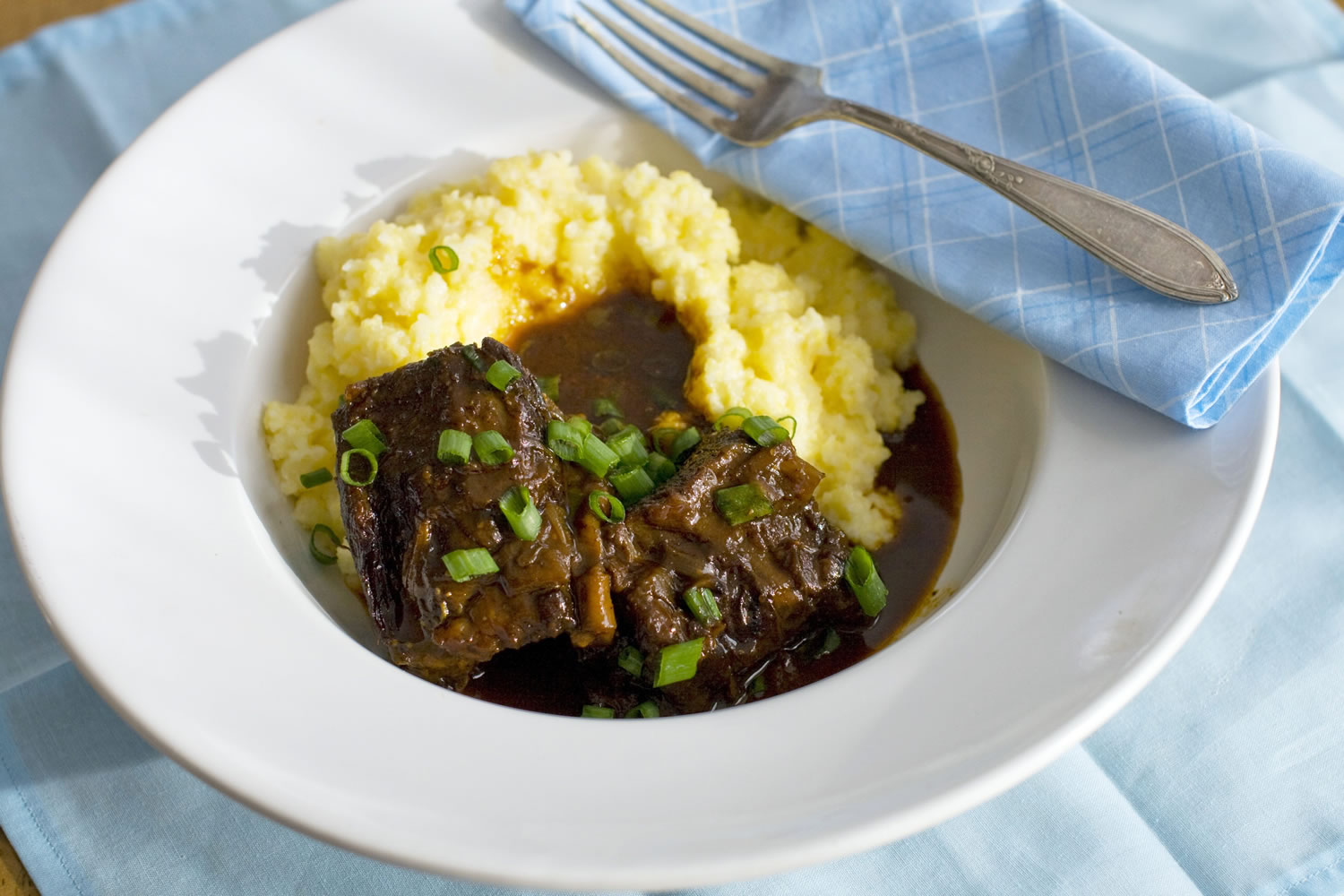Cool days call for cooking that is low, slow and wet. Which is to say, braised.
And it’s simpler than you might think. Braising is just cooking food, usually meat, for a long period at a low temperature in some kind of liquid. Pot roasts, stews and many slow-cooker dishes are examples.
A long, slow simmer breaks down and tenderizes cuts of meat that otherwise would be tough and unappealing. This is why many braising recipes call for the fattier or tougher (and cheaper!) cuts of meat — chicken thighs over chicken breasts, pork shoulder rather than the lean tenderloin. Goat and lamb, especially the shanks, are frequently braised to produce succulently tender meals.
Don’t limit braising to meat. Fibrous vegetables (such as fennel or winter greens) and root vegetables (such as parsnips and carrots) take well to braising and don’t take as long as meat.



